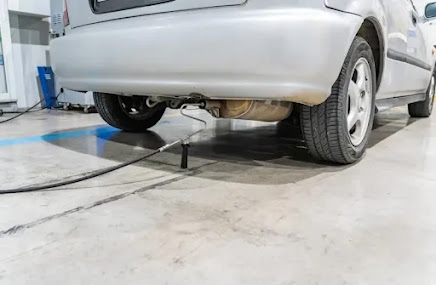Decoding Different Smog Test Types: Distinguishing Features
In today's environmentally conscious era, grasping the nuances of various smog test types is essential. These tests, critical for evaluating the exhaust emissions of vehicles, are key to preserving air quality and minimizing pollution. This discussion explores the distinct smog test types, shedding light on the unique characteristics of each.
Standard Smog Test Predominantly employed in areas with moderate pollution levels, the standard smog test is a routine procedure. It examines a vehicle’s emission control systems and quantifies pollutants like hydrocarbons, nitrogen oxides, and carbon monoxide. For newer vehicles, this test often involves an On-Board Diagnostics (OBD) system, offering a swift and effective evaluation of emissions.
Comprehensive Smog Test In regions facing significant air pollution, a more thorough smog test, known as the comprehensive smog test, is mandated. This includes the basic OBD system examination along with a dynamometer test, which replicates various driving conditions to precisely gauge emissions in diverse scenarios. The comprehensive test is vital for pinpointing vehicles that release excessive pollutants, particularly under stress or certain driving states.
STAR Smog Test Part of California's stringent smog check program, the STAR smog test adheres to elevated testing criteria. Vehicles directed by the DMV to undergo this test must visit a STAR certified station, which is rigorously overseen by the Bureau of Automotive Repair to ensure adherence to top testing standards. STAR stations are authorized to conduct both standard and test-only smog checks.
Test-Only Smog Examination Tailored for vehicles with a higher likelihood of failing standard smog checks, such as older models or those with prior test failures, the test-only smog examination is conducted at specialized centers. These facilities are restricted from performing repairs, guaranteeing impartial testing. Failed vehicles must seek repairs elsewhere and undergo retesting.
Diesel Smog Test Given the distinctive engines and emission properties of diesel vehicles, they are subjected to a specific smog test. This test evaluates the exhaust's opacity, which reflects the level of particulate matter present. Diesel smog testing is especially critical for older diesel vehicles and heavy-duty trucks known for higher emission levels.
Essential Aspects of Smog Testing
- Testing Frequency: The need for smog tests varies depending on vehicle type, age, and geographic location, with newer models often requiring less frequent testing.
- Regulatory Compliance: Non-compliance with smog testing regulations can lead to penalties, including fines and restrictions on vehicle registration.
- Environmental Contribution: Regular smog tests play a significant role in curbing air pollution, thereby fostering a healthier environment and enhancing public health.


.jpg)
.jpg)
Comments
Post a Comment